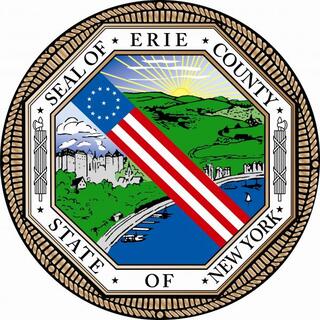The writer above calls Jamestown "the same old town." She meant that Jamestown of c. 1900, with 25,000 people, was prosperous and growing, with industries in furniture manufacturing, millinery, shoes, toolmaking, and woolen mills. The city was about to experience a catastrophe, however, that is called the Gokey Fire, or the Great Fire of 1910.
In the previous image is a street view of the Sherman Hotel, one of over fifteen hotels in the city that served rail and steamboat passengers as well as furniture buyers. Built in 1881, it was the finest hotel in the city with 150 rooms over its five floors. It also boasted that it was fireproof. On March 12, 1910, it was at full occupancy.
Across the street from the Sherman Hotel was the large Gokey Business Block, a complex which encompassed the Gokey Shoe factory and numerous businesses that fronted Third Street. A fire began in the attic of the factory during a sleet storm that was accompanied by 40 mile-per-hour winds. The volunteer fire companies in the city had little chance to effectively control the fire. The situation seemed so threatening that officials telegraphed the Buffalo fire authorities to send equipment, which they later cancelled when they declared the fire put out the evening of March 12. At that time it had destroyed the block and killed two firefighters.
Unfortunately, the fire rekindled the next day and spread across the street to the Sherman House. Managers evacuated themselves without attending to their guests, leaving only a young elevator operator named Jones who assumed responsibility for alerting more than 150 people, at times crawling on his stomach through smoke to reach each room. Firefighters raced to put ladders on the building and assist guests to safety. As a result, no one in the hotel died.
In addition to the loss of the Gokey business block and the Sherman Hotel, more than twenty businesses suffered total or partial losses and everything between Second and Fourth streets from Cherry to Main was destroyed or damaged.
Immediately after the fire, dry goods merchant Charles Samuels, owner of the Sherman Hotel, commissioned the Buffalo firm of Esenwein & Johnson to design a new hotel for the site. Eight stories tall, its exterior was of brick and limestone, featuring 250 rooms serviced by Otis elevators. It cost $325,000.
In 2011, the structure serves as Covenant Manor Apartments for senior citizens.






















